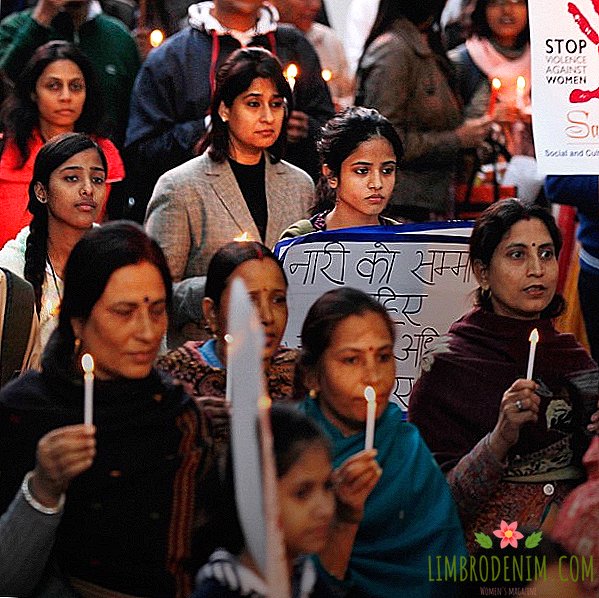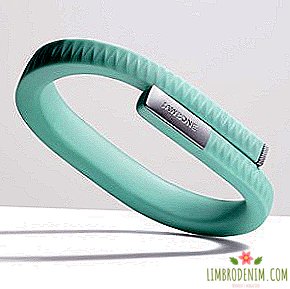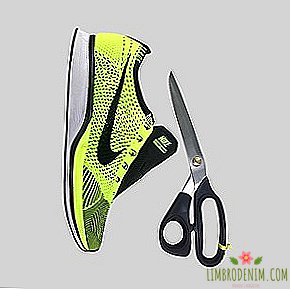PrEP: How to protect yourself from HIV besides condoms
Although winning over HIV infection mankind has not yet learned, in matters of prevention and control managed to make good progress. We have been told that unprotected sex with an HIV-positive person can be safe if he takes antiretroviral therapy and fewer than 200 copies of the virus per milliliter are detected in the blood. In addition, even with a high viral load, sex with a carrier is not a sentence; in addition to condoms, there is pre-exposure and post-exposure prophylaxis. We understand what it is and who is suitable.
Text: Ekaterina Khripko

What is pre-contact prophylaxis (DCT)
For pre-exposure, or pre-exposure (pre-exposure prophylaxis, PrEP) prophylaxis, use of antiretroviral therapy (ART) tenofovir and emtricitabine, usually in the form of a combination tablet. These substances block one of the enzymes of the virus that promotes its reproduction - this prevents the virus from being reproduced in the body. Medication should be taken daily during the entire period of risk, but there are other schemes.
Thus, a person who is at risk irregularly may begin therapy before a supposedly dangerous period. Since the desired concentration of tenofovir in vaginal tissues is achieved longer than in the rectum, people who practice vaginal sex should begin taking the medicine in about three weeks, and those who practice anal sex should begin a week before the risk period.
Another option is to take a loading dose (two tablets instead of one) 2-24 hours before the supposedly dangerous contact, then take a tablet a day throughout the entire period of risk and two days after it ends. In this case, women are also more vulnerable, and the main drawback of such “emergency” therapy is that it has not been well studied. In addition, if, with constant therapy, the accidental omission of one pill is most likely not harmful, then with a short-term prophylaxis, each dose is critical. This scheme does not apply everywhere - for example, it is registered in France, but not in the USA.
Postexposure Prophylaxis
She is shown to people who have had unprotected sex with suspected HIV-positive partners. In this case, in order to guard against infection, it is worthwhile to consult a doctor as soon as possible and get a prescription for ART. The sooner it is started, the better. The medicine gives the greatest protection in the first 5-10 hours, and then the probability of a happy outcome decreases. However, it makes sense to start treatment within 72 hours and continue for four weeks.
The curator of the HIV prevention and treatment center in Yekaterinburg said anonymously that people who had applied in such a situation had been given medicines before — provided that he or she would tell who the contact was with. But now the system of public procurement has changed, and the centers are buying drugs only for people with already identified HIV infection.
An infectious disease physician and project manager at AIDS. Center Nikolai Lunchenkov explains that if a person cannot buy medicines, it makes sense to contact various NGOs dealing with the fight against HIV infection. As a rule, in these organizations there are first aid kits for emergency cases - they get there from HIV-positive people. For example, the medicine was given out, but it didn’t fit, and the doctor picked up a new scheme - then the person simply gives the unsuitable pills to the organizations.

Who is it shown and how to get the recipe
HIV drug prevention is expensive and can cause undesirable effects, so it is not shown to everyone, but only to people for whom its benefits outweigh the possible harm. Those at risk are people who inject drugs and people with a lot of sexual partners, especially men who have sex with men. The risk is also increased in persons who have sex with representatives of these categories. According to Nikolai Lunchenkov, in Russia, due to the lack of information, they rarely apply for pre-contact prophylaxis, and practically no one applies for post-exposure prophylaxis.
Before you begin therapy, you need to consult a doctor to determine the degree of risk, pick up the drug, dosage and get a prescription. It is necessary to confirm the absence of HIV, hepatitis B virus and other infections. Patients themselves pay for both pre- and post-exposure prophylaxis: in Russia, only people with HIV infection have the right to free antiretroviral therapy. According to Lunchenkov, the cost of the original drug for a month is about 14 thousand rubles, but you can use cheaper analogues - for example, not in a combined form, but in the form of several tablets. Then the cost of treatment can be reduced to 2 thousand rubles per month. These drugs are sold in pharmacies, including in the regions - at least, according to the curator from the Sverdlovsk region, there are inexpensive generics in pharmacies in Yekaterinburg.
Lunchenkov notes that if a patient is convinced that he needs prevention, then there is no reason not to believe and refuse. The task of the doctor is to listen, calm down and understand the situation, bearing in mind the sensitive position of the patient and the possible reluctance to tell the details. A woman turned to one of the Moscow AIDS centers for post-exposure prophylaxis — she said that an unknown man had pricked her in the subway with a needle. Upon further conversation, it turned out that the injection was still not there - but there was unprotected sex with her friend's son, and she was ashamed to admit it. When a person says that he is afraid of getting infected after oral sex or contact with things of a person with HIV, the doctor should not refuse (although it is impossible to get infected through things, and through oral sex is extremely unlikely) - perhaps the patient is simply not ready to tell the truth.
How bad is it
There is conflicting evidence that tenofovir can harm the kidneys — therefore, before prescribing therapy and in its process, it is necessary to check how they function. To do this, every three months, an analysis of the creatinine level is prescribed - this indicator helps to determine if there are any abnormalities in the work of the kidneys. If they are, the medication is temporarily canceled until the kidney function returns to normal.
Another possible side effect, rare and reversible, is bone demineralization. When taking antiretroviral therapy, bone density should be examined annually. The authors of one of the studies conducted in boys and men 15-22 years of age, suggested that demineralization may be associated with impaired hormonal processes.
Other disadvantages of pre-exposure prophylaxis are the likelihood of contracting a mutant form of HIV resistant to tenofovir and emtricitabine. In general, the DCT method is considered effective by 90%, and timely initiated postexposure prophylaxis reduces the risk by 80% - so that infection is still possible, including due to irregular medication. Despite prevention, people at risk should be regularly screened for HIV infection.
Is it possible to refuse condoms
It should be borne in mind that if the risk of becoming infected with HIV is increased, then the probability of other infections is high. Possible prophylaxis includes, for example, vaccinations against the hepatitis B virus and HPV. If pre- and post-exposure prophylaxis is used and causes side effects, it is worth considering how to eliminate the risk of contracting HIV.
Today, condoms remain the easiest, safest and most inexpensive way to prevent HIV infection. Considering that DKP reduces the risk of infection, but does not give guarantees, the best option is to always use condoms (besides, they protect against other infections). Nevertheless, the medical community recognizes that people do not always use condoms, for various reasons - one of the experts cites the example of women who are afraid of being infected by a husband, but cannot force him to use condoms (and infection often heterosexual couples). Drug prevention has not replaced condoms - it is designed primarily to complement them, but sometimes serves as an alternative protection option.
Photo: magann - stock.adobe.com, Coprid - stock.adobe.com





